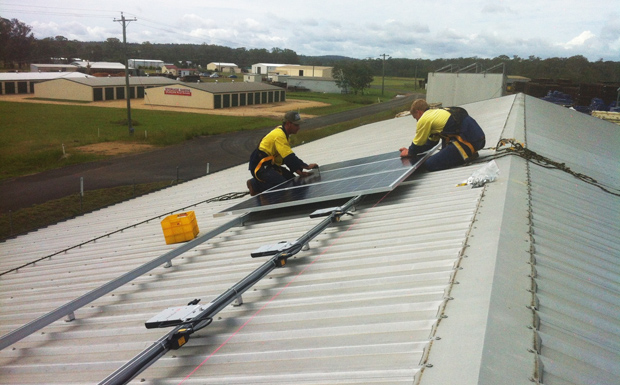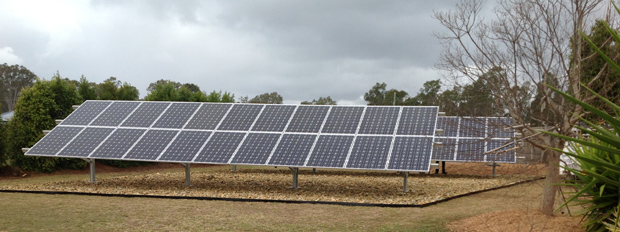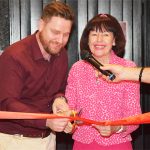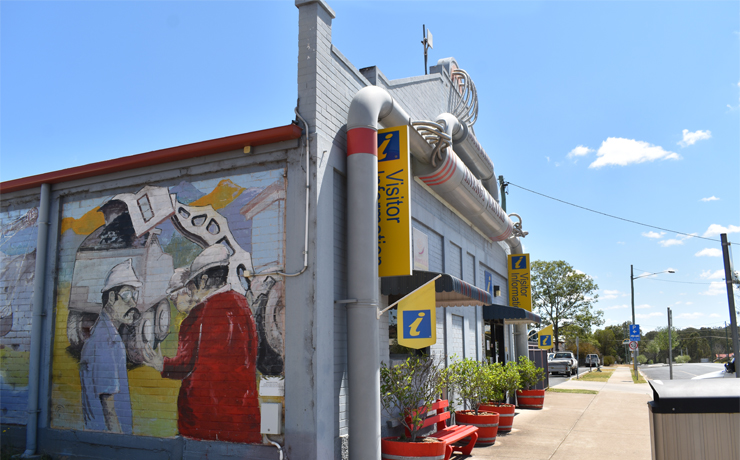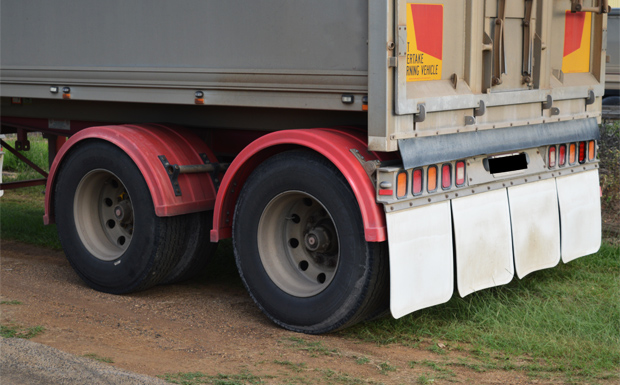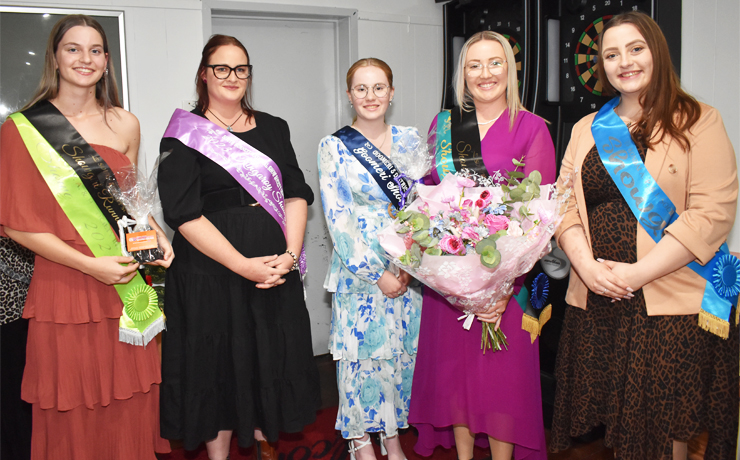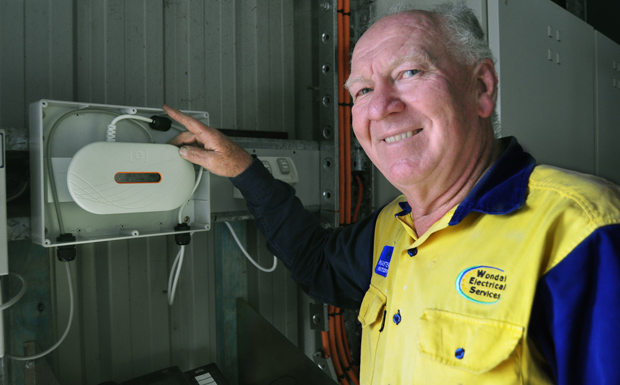
July 19, 2013
A Wondai business has introduced a new style of solar technology to Queensland, and in the process has been named a finalist in the national Clean Energy Council Solar Awards.
Owen and Mark Blamires, from Wondai Electrical Services, have now installed four of the microinverter solar power systems in the South Burnett, two in the Wondai area and two in Kingaroy.
The first one was on their own factory’s roof … a 5kW system.
The microinverter system differs from regular solar power installations in two major ways … each solar panel has its own microinverter unit to convert DC solar power to AC (ie. essentially a separate power generator under each panel), and their output and operation can be monitored in real-time on the internet.
Traditional solar power arrays are mounted “in series”, ie “one out, all out” (remember your old-fashioned Christmas lights that wouldn’t work if one bulb blew?). The accumulated DC voltage is also larger in this “string” set-up so if a fault develops, such as arcing, there is a greater chance of fire or risk to emergency service workers.
In the microinverter system, the solar panels are mounted “in parallel” which means if one panel fails for some reason – or if shade passes across a panel – the other panels continue operating.
Owen said the lower DC output from each individual panel also made the installation safer.
The whole system is connected to the internet. Each panel can then be monitored in real-time, tracking power output, shadows, temperature monitoring and other diagnostic factors.
Electricians servicing the unit can access this data as well as clients who can monitor exactly how much electricity they are generating.
To demonstrate how the online system works, Owen accessed the information from one of the Kingaroy installations. It showed it had generated 56.5kWh during the day, 600kWh over the past week, 1.5MWh during the month to date and 3.75MWh over the lifetime of the installation. The patterns of shadows from clouds passing overhead – and how each had affected output – could also be observed.
Owen said the motto for his business was to “bring technology and people together” and he felt he was achieving this with the new microinverter solar power system.
“It gives people a way to take control of their power bills and monitor exactly what is happening in their solar power installation,” he said.
The winners of the Clean Energy Council Solar Awards will be announced on July 26 as part of “Clean Energy Week”.
